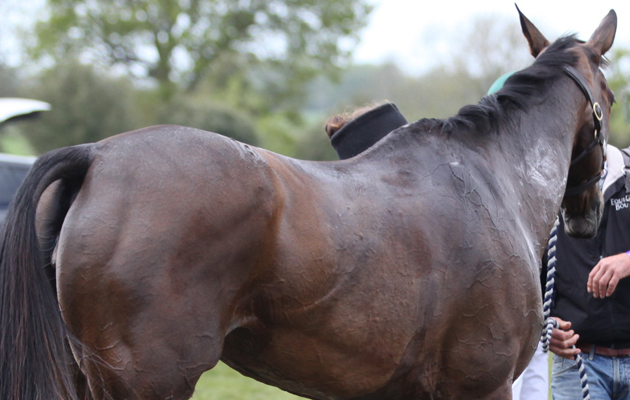Do skin-pinch tests really work when assessing dehydration? Peter Green MRCVS finds out
The skin-pinch test is the standard clinical way of assessing hydration or dehydration in horses. If dehydration is suspected most vets use the packed cell volume (PCV) of the blood to check the relative proportion of cells to plasma as the best guide.
Vets from Bristol University and Brooke travelled to Pakistan, where dehydration is a real problem in working horses. They examined 50 horses, in average condition, working on the streets of Lahore in temperatures of 30°-44°C. All showed a positive skin-pinch test indicating some dehydration.
By allowing the horses to drink as much clean water as they wanted, the vets were able to judge the accuracy and validity of skin and blood tests.
The results showed the skin-pinch test is very inaccurate; it varied as much with the dampness of the skin, the position of the pinch, the age of the horse, than it did with the degree of dehydration.
Vets then measured the dampness of the gum membranes by seeing how much moisture was absorbed by pieces of filter paper over a standard time — this was disappointing and did not correlate well with true dehydration.
The most reliable guide to dehydration was simply the amount of clean water the undisturbed horse consumed. Even considerable amounts, taken in rapidly, caused no colic or untoward effects.
Another myth scotched.
For more veterinary news, see the current issue of Horse & Hound (27 November, ’08)



